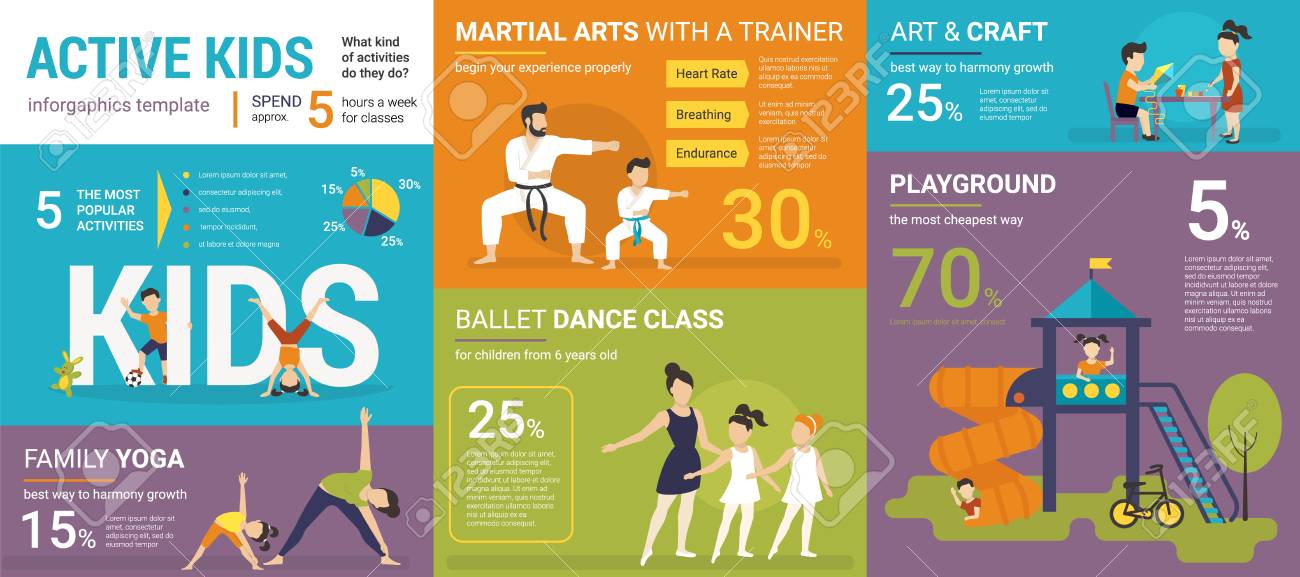Martial arts have an interesting background that spans centuries and continents. You could locate it intriguing how ancient practices like Shuai Jiao and Kalaripayattu laid the groundwork for modern-day combat techniques. These self-controls not just highlight physical skills however additionally mirror the societies that birthed them. As you discover their development, think about just how globalization has transformed these typical forms into crossbreed styles. What influences do you assume have formed today's martial arts landscape?
Ancient Martial arts: The Structures of Battle
As you explore the world of old martial arts, you'll uncover the rich foundations that shaped battle strategies throughout cultures. Early practices focused on Self-Defense and survival, commonly incorporating strikes, grappling, and weaponry.
In ancient China, for instance, methods like Shuai Jiao emphasized throws and joint locks, while India's Kalaripayattu showcased agility and fluid motion. Japanese samurai established Kenjutsu, a polished swordsmanship that highlighted self-control and technique.
These martial arts served not just for fight but additionally as a means of individual development, instilling worths like respect and perseverance. https://martialartshistoryforkids65443.blog-kids.com/34618538/explore-the-benefits-of-martial-arts-training-a-trip-towards-health-and-fitness-and-self-control mixing of these methods with time laid the groundwork for the varied martial arts you see today, each mirroring the one-of-a-kind philosophies and demands of its culture.
The Cultural Impact on Martial Arts Development
While martial arts commonly mirror the practical demands of a society, they also personify the social values and ideas of their beginnings. When you explore different martial arts, you'll notice just how they're influenced by religious beliefs, viewpoint, and social norms.
For example, the focus on respect and discipline in Japanese martial arts comes from Zen Buddhism and samurai culture. On the other hand, Brazilian Jiu-Jitsu promotes flexibility and approach, formed by the demand for efficiency in a diverse, modern environment.
which martial arts is the strongest could discover that the rituals, attires, and training approaches show an area's history and identity. By understanding these social impacts, you strengthen your appreciation of martial arts and their duty fit human experiences around the world.
Modern Adaptations and the Globalization of Martial arts
Martial arts have transformed dramatically in recent decades, adjusting to contemporary society and international influences. You'll notice that standard kinds have combined with modern-day techniques, developing hybrid styles like MMA. These adjustments cater to diverse audiences, making martial arts obtainable and appealing worldwide.
With the rise of social media and digital platforms, you can discover tutorials and competitions from all corners of the world, breaking geographical obstacles. This globalization has actually resulted in a common admiration for numerous self-controls, from Brazilian Jiu-Jitsu to Taekwondo.
As you engage with these arts, you'll understand they're not just about fight; they promote health and fitness, self-control, and psychological wellness.
Eventually, modern adjustments have enhanced the martial arts landscape, making it a dynamic and developing method.
Conclusion
In exploring the history and development of martial arts, you reveal a remarkable mix of methods, cultures, and viewpoints. From old disciplines like Shuai Jiao and Kalaripayattu to the modern-day versatility seen in mixed martial arts, martial arts reflect humanity's pursuit for Self-Defense and personal development. As https://dontmesswithkungfukidspow87531.blog2freedom.com/34406179/develop-your-strength-comprehending-the-relevance-of-self-defense-for-female engage with these methods, you not only get skills but likewise a deeper admiration for the diverse practices that form our globe today. So, continue your trip and welcome the art of battle!
